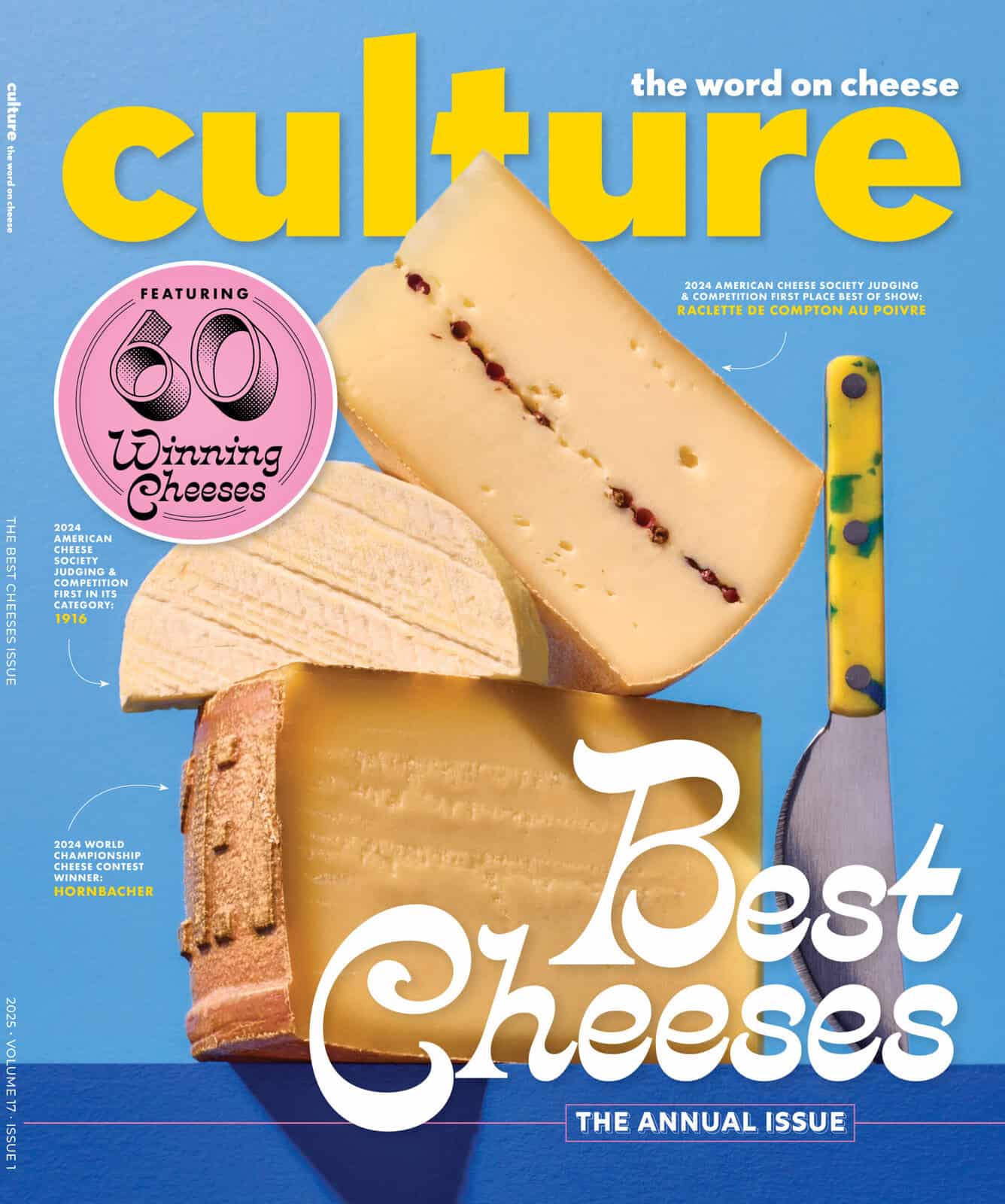A taste of Italy’s wild west

Marcella Stefanelli with her horse. Stefanelli is a cowgirl, also know as a “buttera.” It’s unusual for a woman to hold the role. Photo by Giada Mariani.
To imagine Tuscany is to envision a picture-postcard scene of narrow, medieval streets in Florence or tidy rows of vineyards and olive groves in Chianti. But travel just an hour or two southwest of these well-known destinations and you’ll arrive in the Tuscan subregion of Maremma, a landscape too wild and sprawling to be conveyed on a small paper rectangle.
Known as the Wild West of Italy, the culture and cuisine of Maremma is defined largely by its resident butteri—the cowboys who work with the land and animals to produce a vast variety of artisanal products, including meat, leather, and cheese. While the area is most closely associated with the heritage breed long-horned cattle called Maremmana, as well as the flocks of sheep responsible for Tuscany’s many delicious types of pecorino, a local family of farmers has made a name for itself raising another kind of livestock: water buffalo.

A water buffalo. Photo by Giada-Mariani.
“My family has been working in agriculture for many generations,” says Guido Pallino, the current owner of La Maremmana Caseificio Inno al Sole. His ancestors lived as shepherds for centuries before transitioning to the dairy business in the 1950s and acquiring their first buffaloes in the 1980s. Today, they produce some of the best mozzarella di bufala in the world, along with an array of other buffalo milk products, from burrata and caciocavallo to ricotta and robiola.
In a country famous for its deep-rooted traditions—especially when it comes to food—La Maremmana represents a rare and respectful model of preserving the past while exploring creative opportunities for the future. Their long-lasting relationship with the butteri who manage their animals has been key to their success. One of these cowboys, Mario Stefanelli, has been working with the dairy farm for more than 15 years. For the past four years, his daughter, Marcella, has worked alongside him on horseback.
It is unusual to see a buttera—a cowgirl—in Maremma, and, in general, there are not many young Tuscans carrying on the custom today. Marcella explains that for those who choose this profession, it is typically “a vocation passed down over generations—often not their primary work, but a passion.” Just like her father, Marcella works in the elegant traditional attire of the butteri: a felt fedora, a crisp white button-up shirt, a vest, and knee-high leather riding boots.
Make the journey to Maremma and you might catch a glimpse of Marcella and Mario tending to buffalo outside the La Maremmana storefront. However, if you’re exploring Italy without a car, you can try their award-winning mozzarella, as well as gelato or a cappuccino made with buffalo milk, at Ruma, their cheese shop in Rome. And if Italy isn’t on your travel list this year, enjoy a taste of Maremma by recreating one of their classic dishes: pasta alla buttera, made with garlic, white wine, tomatoes, sausage, sage, and pecorino.




